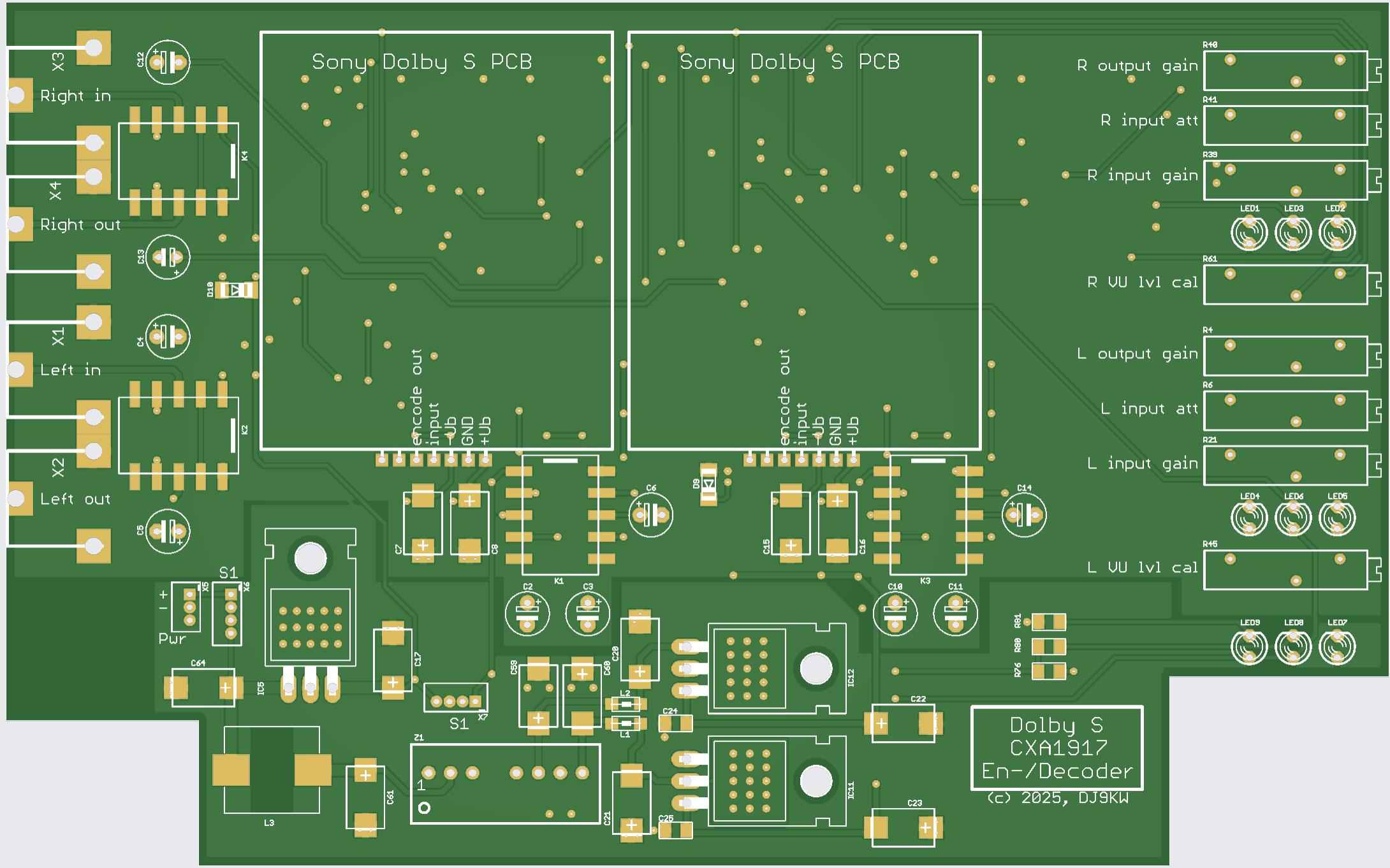

When I was a kid, compact cassettes were the way to go. I had one of these black plastic portable mono tape recorders and used to record whatever I could get in front of my microphone :-)
I aso had one of these cheap walkmans with a built-in speaker and horrible headphones. The years went by and this shiny disc storing digital audio thing took over the world. It was in my 30s when I stumbled across some of my old cassettes and out of curiousity looked for cassette recorders on eBay. This is when I learned about the Sony WM-D6C, one of the more decent walkmans, if not THE most decent walkman! It's in a price class which was out of reach during the days of compact cassettes but nowadays I would call its price "decent enough for the ambitious". After some weeks of watching different offers I took my chance and got one in decent shape. And what to say, I was blown away by the quality compact cassettes are able to reproduce, nowhere near what I was used to in my childhood. Long story short, several years later, I managed to add a TC-D5M as my "daily driver" to my tape collection and a 3 head deck. Did I mention Opeth just released their new album on cassette? Maybe another trend coming back! Althougn I really like digital, having to listen to a tape from start to end without random access to songs is just another way of listening, I think that is what I like about it.
Over the years I did quite some experiments with different types of tapes (normal, CrO2, Metal) and noise suppression (Dolby B, C, dbx). The one thing I read a lot about but never was able to test for myself was Dolby S, which just appeared a tad too late on the market when CDs were already taking over. As there are no cheap, decent machines with Dolby S and no external en/decoders (as for example with dbx), I knew what I had to do: Let's make a new one!
By chance I stumbled across a only partially working Sony autoreverse deck which contains two little sub-boards, each containing the Dolby S circuit for one channel, the CXA1917. Thanks to ElektroTanya minutes later I had a nice copy of the service manual and found a datasheet for the Dolby integrated circuit used on these pcb's and decided to start developing the support circuitry around it.
The result is a 160 x 100 aluminumn case with an audio input and output. On the front there is a mode switch which chooses between off/bypass, Encode and Decode. Multiple trimpots and several LEDs allow to adjust the level to match it to the tape deck in use. The LEDs show whether the signal is in range, below or above the Dolby level to make adjustments easy.
I'm especially interested on how a tape recorded with Dolby S performs when played back with no Dolby at all or Dolby B. According to different thread on the internet, it should be way more decent compared to playing a Dolby C recorded tape on a deck without C support.
The Sony PCBs have an inout and an encode output. Their role (either encoding or decoding) has to be set by the surrounding circuit.
The curcuit I've used is closely related to the reference design in the datasheet of the integrated circuit and parts of the service manual of the tape deck. I've added plenty of adjustment points to maximize the change of getting it to work with a variety of tape decks.
The picture below shows the layout of my pcb which carries the Sony sub-boards and all the "glue logic":

--- WORK IN PROGRESS, TO BE CONTINUED... ---
(c) DJ9KW, 09/2025
PREV: HP 8660C output issues
OVERVIEW
NEXT: A DIY HP diode detector power sensor substitute